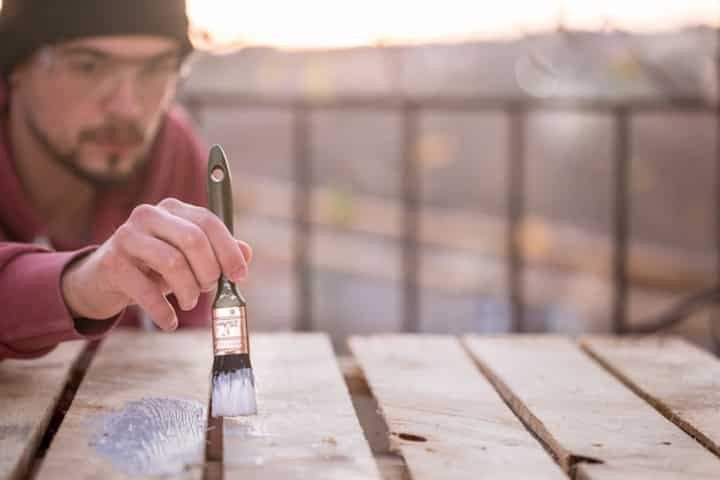
Expert DIY Foundation Waterproofing Guide
Foundation waterproofing is a critical aspect of home maintenance that ensures the longevity and stability of a building. Water infiltration can cause significant damage, leading to structural weaknesses and costly repairs. For homeowners looking to protect their property, understanding the basics of foundation waterproofing is essential. This guide offers an expert DIY approach to waterproofing your foundation, providing practical steps and useful tips for effective implementation.
Understanding the Importance of Foundation Waterproofing
Foundation waterproofing is not just about preventing water damage; it plays a pivotal role in maintaining the structural integrity of your property. Without adequate waterproofing, moisture can seep into the foundation, leading to cracks, mold growth, and even structural failure.
- Prevents structural damage caused by water infiltration.
- Reduces the risk of mold and mildew growth.
- Enhances the overall lifespan of the building structure.
- Helps maintain a healthy indoor environment.
Steps for DIY Foundation Waterproofing
1. Inspect and Identify Problem Areas
Before beginning any waterproofing project, it's crucial to conduct a thorough inspection of your foundation. Look for visible cracks, damp spots, or any signs of water damage. This initial assessment will help determine the areas that require the most attention.
2. Clean the Foundation Surface
Once problem areas are identified, clean the foundation surface to remove dirt, debris, and any existing sealants. A clean surface ensures better adhesion of waterproofing materials.
3. Seal Cracks and Gaps
Use a high-quality sealant or hydraulic cement to fill any cracks and gaps in the foundation. This step is crucial as it prevents water from entering the foundation through these vulnerabilities.
4. Apply Waterproof Coating
After sealing cracks, apply a waterproof coating to the entire foundation surface. Choose a coating that is specifically designed for below-grade applications to ensure maximum effectiveness. This layer acts as a barrier against moisture penetration.
Learn more in this detailed guide.
5. Install a Drainage System
For optimal results, consider installing a drainage system around the perimeter of your foundation. This can include French drains or sump pumps, which effectively channel water away from the foundation.
- French drains help redirect water away from the foundation.
- Sump pumps are ideal for areas prone to heavy rainfalls.
Explore further insights here.
Maintenance Tips for Long-lasting Results
Regular maintenance is key to ensuring the longevity of your foundation waterproofing efforts. Here are some tips to keep your foundation in top condition:
- Conduct periodic inspections to check for new cracks or signs of moisture.
- Keep gutters and downspouts clean and functional to prevent water buildup.
- Ensure landscaping slopes away from the foundation to direct water away from the building.
- Regularly test sump pumps to ensure they are operational.
Find additional information here.
Conclusion
DIY foundation waterproofing can be an effective way to protect your home from water-related issues. By following this expert guide, homeowners can take proactive steps to maintain the structural integrity of their properties. Regular inspections and maintenance, combined with the appropriate waterproofing techniques, can significantly reduce the risk of water damage and extend the lifespan of the building. For those seeking more detailed guidance, explore further insights here.